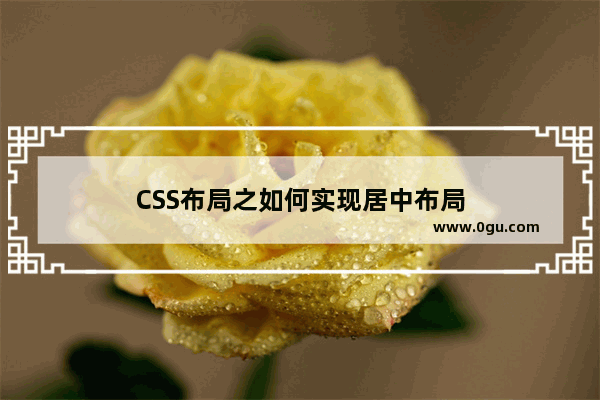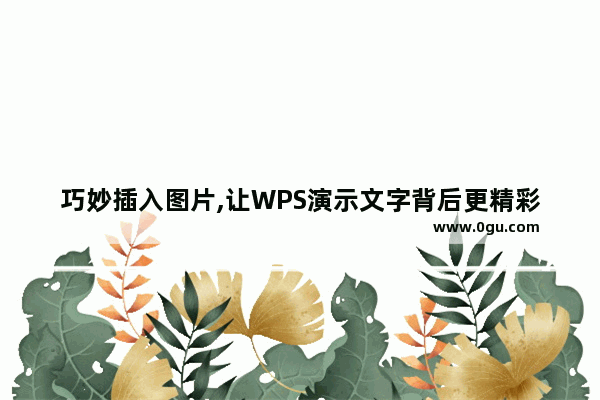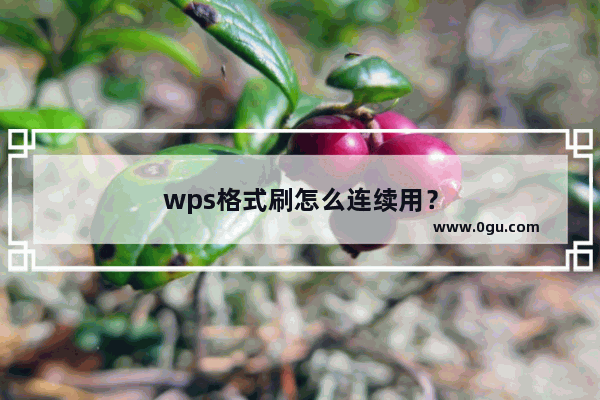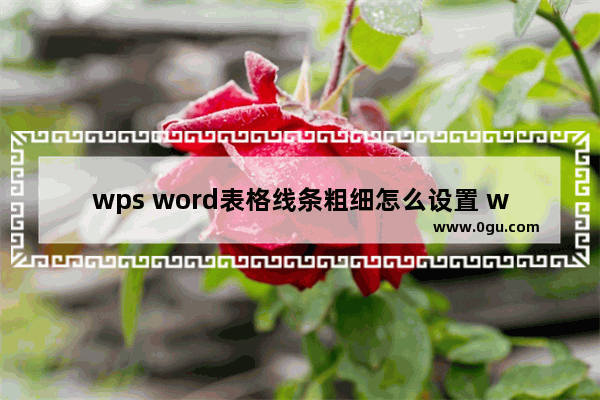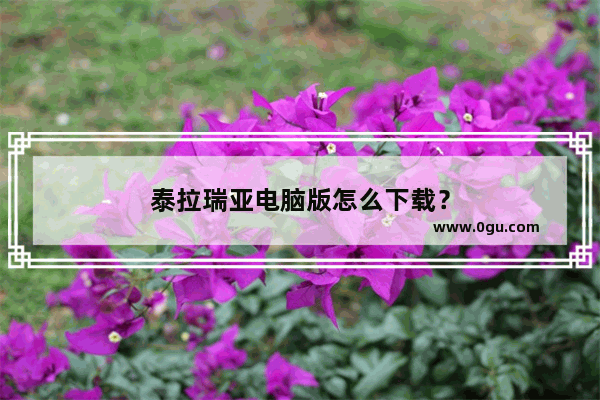1. 父级容器设置成表格,子级设为行内元素。
适合子级内容为文本展示。
<!-- css --><style> #parent { height: 200px; width: 200px; border: 1px solid red; display: table-cell; /* 转变成表格 */ text-align: center; /* 水平 */ vertical-align: middle; /* 垂直 */ } #child { background-color: blue; color: white; display: inline; /* 子元素设置为行内或行内块 */ }</style><!-- html --><div id="parent"> <div id="child">内容</div></div>2. 父级容器设置相对定位,子级设置绝对定位后通过外边距居中。
<!-- css --><style> #parent { height: 200px; width: 200px; border: 1px solid red; position: relative; /* 设置相对定位 */ } #child { height: 50px; width: 50px; color: white; background-color: blue; /* 绝对定位,4 个方向设置为 0 后,margin 设为 auto */ position: absolute; left: 0; top: 0; right: 0; bottom: 0; margin: auto; }</style><!-- html --><div id="parent"> <div id="child"></div></div>3. 父级容器设置为弹性盒,子级设置外边距。
<!-- css --><style> #parent { height: 200px; width: 200px; border: 1px solid red; display: flex; /* 父元素转换为弹性盒 */ display: -webkit-flex; /* Safari */ } #child { height: 50px; width: 50px; background-color: blue; margin: auto; }</style><!-- html --><div id="parent"> <div id="child"></div></div>4. 父级容器设置相对定位,子级设置绝对定位,左边距和上边距设置负一半宽度。
适合子级的宽高固定的情况。
<!-- css --><style> #parent { height: 200px; width: 200px; border: 1px solid red; position: relative; /* 设置相对定位 */ } #child { /* 子元素已知自身宽高的情况下 */ background-color: blue; width: 50px; height: 50px; margin-top: -25px; margin-left: -25px; position: absolute; left: 50%; top: 50%; }</style><!-- html --><div id="parent"> <div id="child"></div></div>5. 父级容器设置相对定位,子级设置绝对定位,通过变形属性设置水平和垂直方向负一半。
适合子级的宽高不固定的情况。
<!-- css --><style> #parent { height: 200px; width: 200px; border: 1px solid red; position: relative; /* 设置相对定位 */ } #child { /* 子元素未知自己的宽高,使用 transform 的 translate */ border: 1px solid blue; position: absolute; top: 50%; left: 50%; -webkit-transform: translate(-50%,-50%); -ms-transform: translate(-50%,-50%); -o-transform: translate(-50%,-50%); transform: translate(-50%,-50%); }</style><!-- html --><div id="parent"> <div id="child"> <div id="content"> 内容1 <br/> 内容2 </div> </div></div>6. 父级设置为弹性盒,设置对齐属性。
<!-- css --><style> #parent { height: 200px; width: 200px; border: 1px solid red; display: flex; /* 父元素转换为弹性盒 */ display: -webkit-flex; /* Safari */ justify-content: center;/* 水平 */ align-items: center; /* 垂直 */ } #child { height: 50px; width: 50px; background-color: blue; }</style><!-- html --><div id="parent"> <div id="child"></div></div>以上就是本文的全部内容,希望对大家的学习有所帮助,也希望大家多多支持脚本之家。
